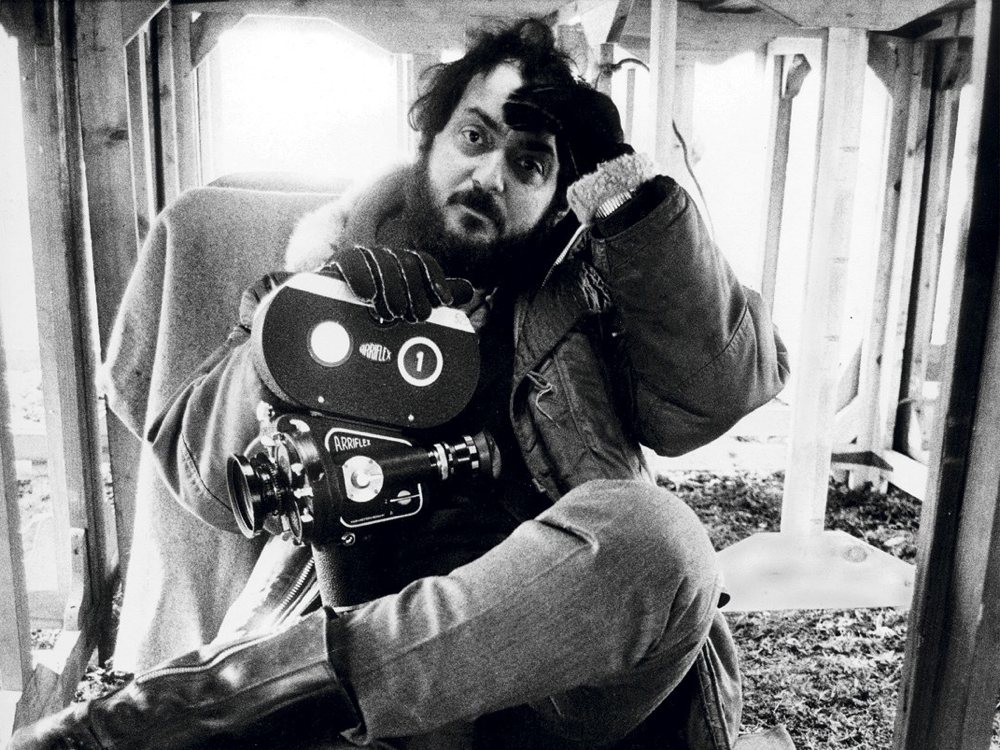Cinematography is the art of visual storytelling, and at its heart lies the director’s vision. A director’s influence on cinematography shapes the way a story is told on screen, from the framing of a shot to the lighting and camera movements. This article delves into the profound impact directors have on cinematography, exploring how their unique styles and creative choices define the visual narrative of a film.
Advertisement

The Director’s Vision: An Overview
A director’s vision is the guiding force behind a film’s aesthetic and emotional tone. This vision encompasses the overall look and feel of the movie, influencing every aspect of its cinematography. Directors collaborate closely with cinematographers, also known as directors of photography (DPs), to bring their vision to life. This partnership is crucial in crafting the visual language of the film.

Iconic Directors and Their Cinematic Styles
1. Alfred Hitchcock: Master of Suspense
Alfred Hitchcock, often referred to as the “Master of Suspense,” had a distinctive style characterized by meticulous shot composition and innovative camera techniques. Hitchcock used cinematography to create tension and manipulate the audience’s emotions. For instance, in “Vertigo,” his use of the dolly zoom, also known as the “Vertigo effect,” created a sense of disorientation that mirrored the protagonist’s psychological state.

2. Stanley Kubrick: Perfection and Precision
Stanley Kubrick was known for his perfectionism and precise control over every frame. His collaboration with cinematographer John Alcott on “Barry Lyndon” is a testament to this. They used natural lighting and specially designed lenses to create the film’s distinct, painterly aesthetic. Kubrick’s meticulous approach ensured that every shot contributed to the film’s narrative and thematic depth.

3. Quentin Tarantino: Stylized Storytelling
Quentin Tarantino’s films are renowned for their stylized cinematography and homage to different genres. Working with cinematographer Robert Richardson, Tarantino employs dynamic camera movements, striking color palettes, and unconventional framing to create his signature visual style. In “Pulp Fiction,” the use of long takes and intricate camera choreography enhances the film’s nonlinear narrative and eclectic tone.


